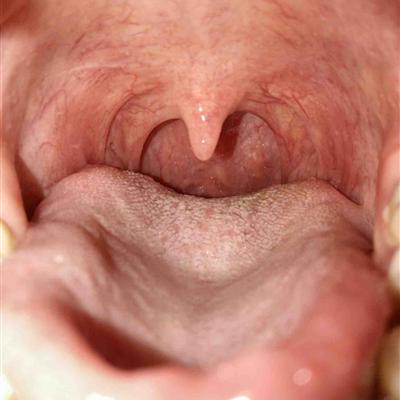What are class C infectious diseases? Schistosomiasis?
summary
In spring, class C infectious disease is the most common type of disease, and it is also a high incidence period in spring. Class C infectious disease is infectious, so we must pay attention to its harm and avoid getting infected with the virus. Do you know the types of class C infectious diseases? Let me tell you, let's have a look.
What are class C infectious diseases? Schistosomiasis?
First, schistosomiasis is a parasitic disease that can be transmitted to both humans and animals. The life cycle of Schistosoma is complex. Adults parasitize in the blood of mesenteric vein and portal vein of human, cattle, pigs or other mammals, so human and these animals are called adult hosts or end hosts.

Second: filariasis filariasis is caused by filariasis (a parasitic nematode transmitted by blood sucking arthropods) parasitic in the lymphatic system, subcutaneous tissue, abdominal cavity, thoracic cavity and other places of the end host of vertebrates. The clinical manifestations of filariasis caused by the two filarians are very similar. The acute stage is recurrent lymphangitis, lymphadenitis and fever, and the chronic stage is lymphedema and elephantiasis, which seriously endanger the health and economic development of residents in the epidemic area.

Third: influenza influenza is an acute respiratory tract infection caused by influenza virus, which is also a disease with strong infectivity and fast transmission speed. It is mainly transmitted through droplets in the air, contact between people or contact with contaminated objects.

matters needing attention
Typical clinical symptoms are: acute high fever, general pain, significant fatigue and mild respiratory symptoms. Generally, autumn and winter is the high incidence period, which causes serious complications and death.

















